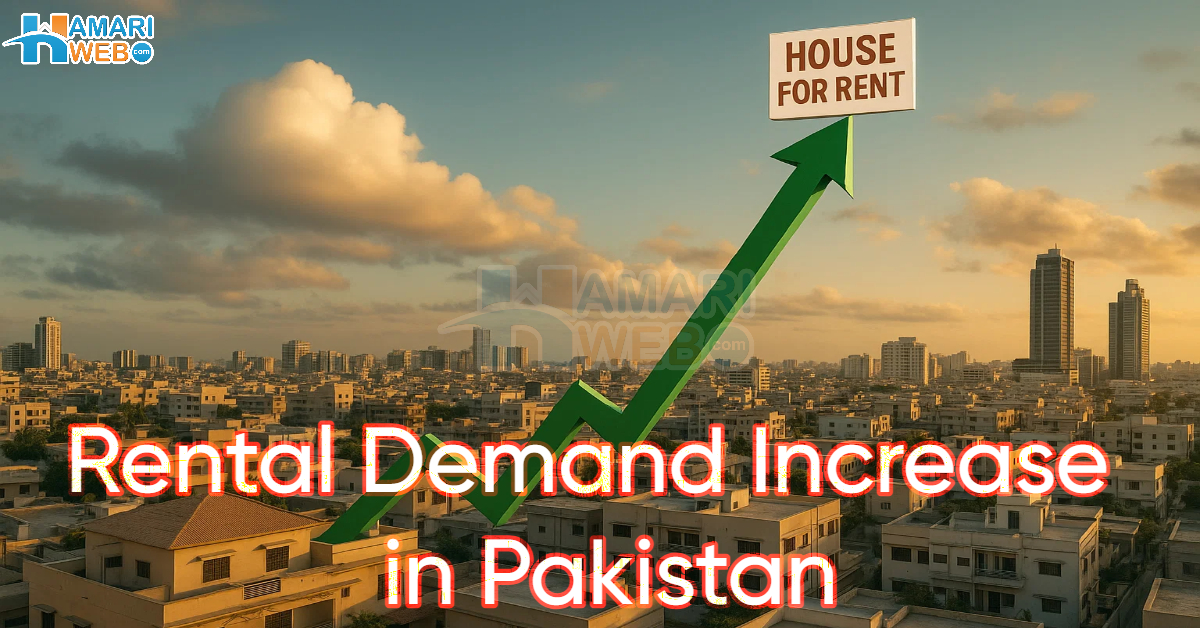With the worsening state of the economy in Pakistan, citizens are preferring rented houses and apartments rather than purchasing. These patterns particularly observed in cities as Karachi, Lahore, Islamabad, Rawalpindi, Faisalabad, and Abbottabad, where Hamariweb sources research that terms like house for rent in Karachi and houses for rent in Lahore are experiencing a significant increase, as Google Trends records.
According to recent statistics provided by Global Property Guide, property prices have declined yet the rental yields in major cities are still very healthy. The highest and the best yield is in Islamabad, 6.75% followed by Karachi (6.21%), Rawalpindi (6.07%), and Lahore (5.92). According to the 2023 census by the Pakistan Bureau of Statistics, 11.9 percent of the households within the country live in rented houses, and this figure goes up to 23.8 in urban locality and 36.4 percent in Islamabad itself.
Research by InsightPakistan.pk and the International Institute of Population Sciences (IIPS) indicates that property prices in several housing societies, including DHA and Bahria Town, dropped by 15% to 41% between 2023 and 2025. However, rents continue to climb due to increased demand. Rising costs of living and high interest rates (currently at 21%) make houses for sale less affordable for the average buyer, pushing people towards rental properties.
Advertisements of houses on rent in Karachi on various websites indicate the monthly rental of a 2 bedroom unit between PKR 50,000 and 80,000. Houses for rent in Lahore and houses for rent in Islamabad range between average of PKR 60,000 to 150,000 according to the area. Rental houses, similarly, in Rawalpindi, Faisalabad and Abbotabad are experiencing a growing tenant activity and low availability.
The House Building Finance Corporation reported that up to 19% of household income in the urban areas spent on rent. Renting is relatively an acceptable option instead of buying because of the low purchasing power, and higher loans. This pattern will persist until the inflation rates and the cost of interest are reduced.

